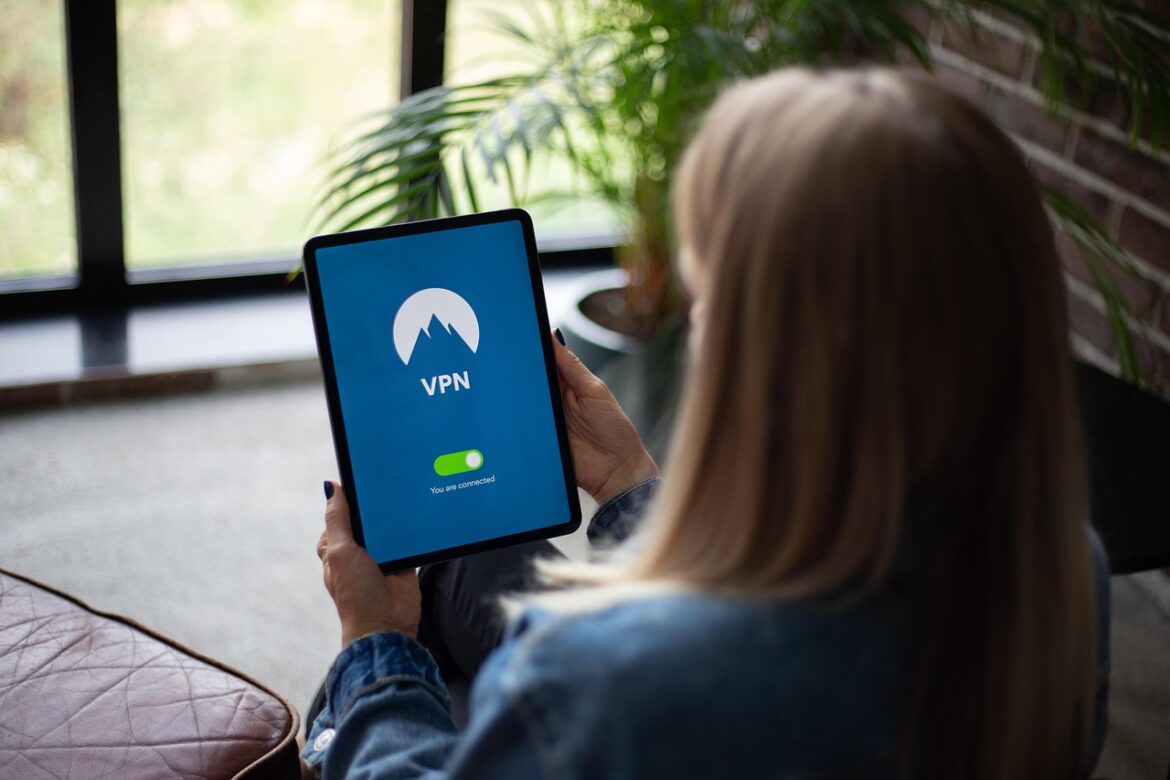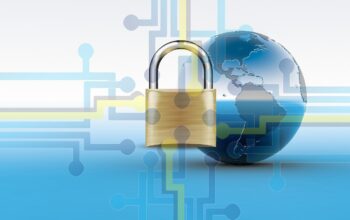Introduction to Cybersecurity Trends
The world of cybersecurity is dynamic and constantly evolving, with threats emerging from every corner. From nation-state hacks to AI-powered malware, understanding these developments is crucial for protecting your digital life. Here’s a roundup of the most pressing cybersecurity news you need to know.
Trending Cybersecurity News
Here are some key stories making headlines in the cybersecurity space:
1. Nation-State Hacks: The Inside Job
Imagine if hackers weren’t breaking in—they were already inside, watching, and adapting. That’s what happened with Lemon Sandstorm, an Iranian state-sponsored group that targeted Middle Eastern critical infrastructure for nearly two years using custom backdoors. It highlights the need for continuous monitoring for long-term access attempts.
2. Rise of AI-Powered Malware
AI is increasingly being used to enhance malware, making it more sophisticated and deceptive. This isn’t just speculation; real-world AI-powered malware has been detected, capable of adapting to evade detection.
3. Third-Party Risks Exposed
Third-party breaches have doubled, growing from 15% to 30% in recent times. This rise is due to poor management of third-party identities and machine credentials. It’s no longer enough to just protect internal systems; organizations must govern all identities with a unified security strategy.
4. Surge in Ransomware Attacks
5. New IoT Threats
IoT security threats are emerging with the rise of Internet-of-Things devices. New botnets and exploits targeting these devices have been discovered, highlighting the need for stronger security measures in everyday devices.
Summary of Key Threats
- AI-Powered Threats: Malware that adapts and learns.
- Third-Party Risks: Breaches through external partnerships.
- Ransomware: Attacks targeting critical infrastructure.
- IoT Security: Vulnerabilities in connected devices.
Conclusion
In today’s interconnected world, cybersecurity isn’t just about technical jargon; it’s about protecting daily life. Whether it’s your personal data or your company’s infrastructure, staying informed about these trends is crucial for defense. As the landscape evolves, it’s vital to adapt and stay vigilant against these emerging threats.
References:
- https://thehackernews.com/2025/05/weekly-recap-nation-state-hacks-spyware.html
- https://www.snsin.com/10-must-know-cybersecurity-trends-for-2025/
- https://www.youtube.com/watch?v=hO3hTah-Oo0
- https://www.securityweek.com
- https://www.bitsight.com/blog/state-of-the-underground-2025
- https://www.dbdigest.com/2025/05/data-breaches-digest-week-19-2025.html
- https://www.blackarrowcyber.com/blog
- https://thehackernews.com/2025/05/third-parties-and-machine-credentials.html



